WHY SOME FOODS LOOK LIKE BODY ORGANS?
TIPS FROM NATURE ON WHAT TO EAT FOR WHAT
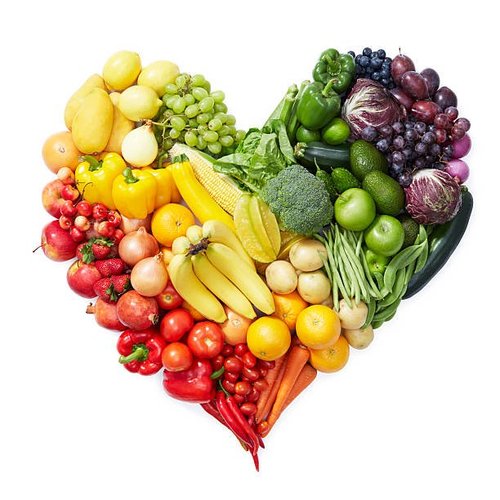
In ancient times, food was inseparable from the science of healing and health. It was a phenomenon of nature providing solutions to problems in wildlife and humans being subsets of nature; our best disposition is to allow the heart to heal defects in nature. Interestingly, nature didn’t leave us without clues as to what food directly impacts what parts of the body.¹
 Take a close look at figs, and you’d discover that their inner section is filled with seeds, and this fruit grows in pairs. It is scientifically proven that figs help sperm cells retain vitality and increase motility. Also, it is used in the treatment of male sterility as it increases the production of sperm.² This can be traced to its iron-rich nature!³ In what is known as the doctrine of natural signatures, we have enough guidance showing us a path to obtaining holistic health; through natural foods. The science of food shapes and the organs they affect is not old and stale; instead, it remains a reliable way of treating certain diseases; modern science is still trying to find solutions ultimately. Find out everything you need to know about food shapes and organs here!
Take a close look at figs, and you’d discover that their inner section is filled with seeds, and this fruit grows in pairs. It is scientifically proven that figs help sperm cells retain vitality and increase motility. Also, it is used in the treatment of male sterility as it increases the production of sperm.² This can be traced to its iron-rich nature!³ In what is known as the doctrine of natural signatures, we have enough guidance showing us a path to obtaining holistic health; through natural foods. The science of food shapes and the organs they affect is not old and stale; instead, it remains a reliable way of treating certain diseases; modern science is still trying to find solutions ultimately. Find out everything you need to know about food shapes and organs here!
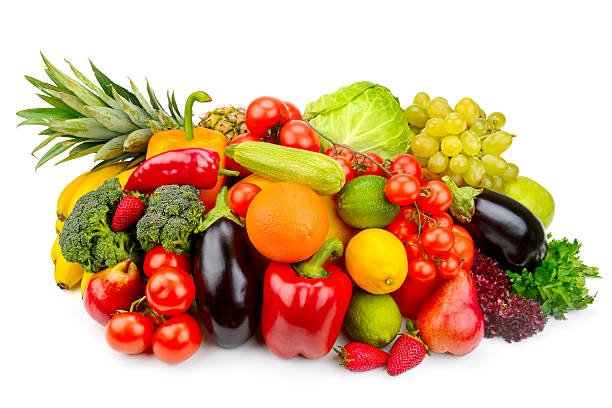
When was it first used?
Just like the earth existed long before man found a name for it, the treatment of organ diseases using the knowledge of natural signatures existed long before it was named. The Hakeem’s (Arabic name for health caregivers) had already practiced it long before the 15th century when Paracelsus expounded on the concept, which the modern world can now relate with. In his definition, he mentioned that “Nature marks each growth…according to its curative benefit.”⁴ However, Jakob Böhme gave the name ‘The Doctrine of Signatures” in his 1621 book titled The Signature of All Things. According to Böhme, every natural object was made by God so that its shape passed a sign for what it should be used for.⁵
Having seen where it started, let us consider popular food shapes and what organs they can treat or keep in health.
Food shapes and your organs

Ginger
Ginger doesn’t look very different from the shape of your stomach if you look at the knob that trails from it. Research has proven that Ginger has bioactive chemical substances that help your stomach in cases of vomiting, indigestion problems, and nausea.6 It remedies several other ailments affecting the organ it resembles the stomach most. We could almost call it the superhero of the stomach, from morning sickness, diarrhea, nausea, motion sickness, among others. Ginger helps toughen your stomach’s mucus layer and mitigate the development of tumors in the stomach.
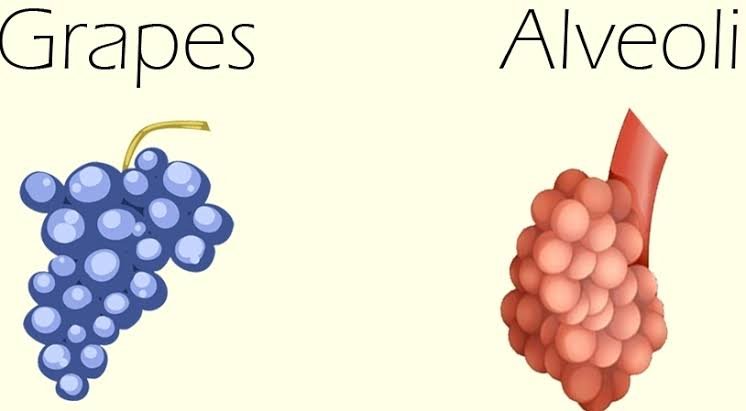
Grapes
Looking at a hanging bunch of grapes, the little ball-like fruits clinging to a stalk looks like the alveoli. Alveoli are the inner structures of our lungs. This is more than just a resemblance. It has been proven by scientific research that the consumption of grapes presents against cases of lung cancer and emphysema. More so, the proanthocyanidin content of grapes relieves asthmatic problems caused by exposure to allergies.
Carrots

Taking a glance at the cone-shaped vegetable, it’s hard to tell which organ of the body it looks like. However, when you cut it into slices, without a doubt, you’d see its resemblance with an eye. The innermost core has a slight difference in coloration as it spreads to the edge of the slice. Not forgetting the lines that stretch from the inner core also look like the Iris and pupils of our eyes. Interestingly, carrots have been tested to contain substances that improve sight. Carrots are rich in beta-carotene, the precursors of Vitamin A, which is known to protect the eyes from cataracts and improve vision.
Avocado
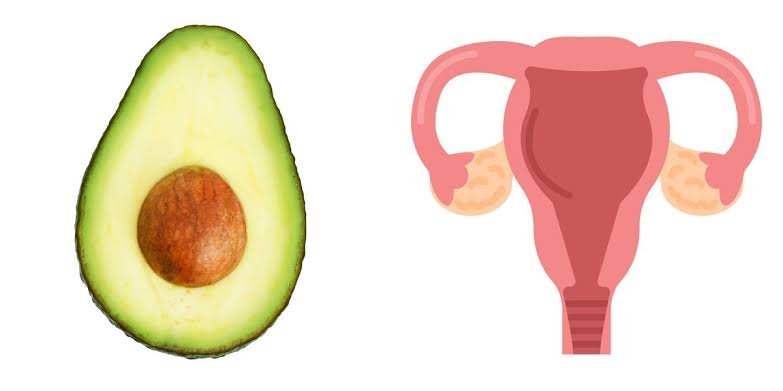
Ever seen the diagram of the human uterus? Then you will agree with me that it does bear semblance with an avocado. Interestingly, avocados are rich in potassium and folate, which are of high benefit to pregnant women.7 If you’ve ever been pregnant or know someone who has, you must have been familiar with Folic acid medication. The function of folic acid is to prevent the occurrence of cervical dysplasia or any other congenital problems. That’s what you get from consuming this fruit which looks like the uterus. Interestingly, that’s not all avocados do for the uterus. It also plays a vital role in balancing hormones associated with birth.
Mushrooms
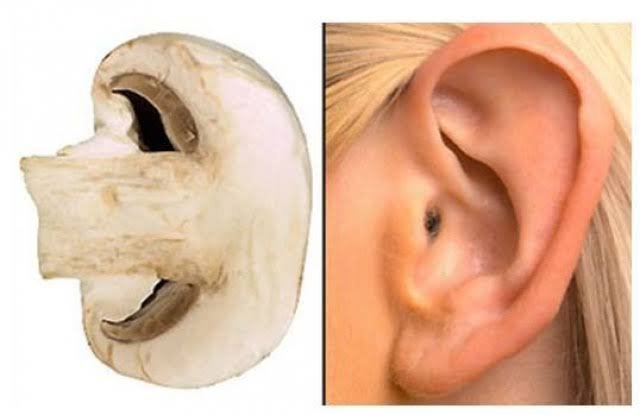
When you cut mushrooms in half, they look like the outer part of the human ear. Besides the resemblance, mushrooms are rich sources of Vitamin D which aids hearing ability. Vitamin D is important in forming healthy bones, especially the three little bones in the ear, which transmit sound signals to the brain. Research shows that diets that include mushrooms help guard against loss of hearing.
Olives
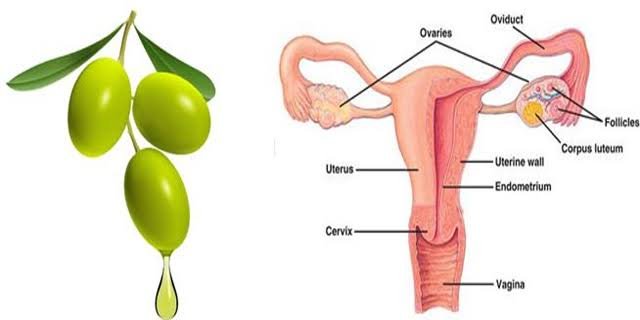
This oval-shaped fruit of Mediterranean origin is shaped like a human ovary. Interestingly, research carried out in Italy showed that women who consume olive oil often have a 30% lower chance of getting ovarian. While more research is going on to back this finding, it is believed that the constituents of the oil may have inhibiting properties against the development of ovarian cancer genes.
Sweet Potatoes

They don’t just look like the pancreas; they help the pancreas produce insulin. Insulin helps your body balance its sugar level. Aside from being a great dietary choice, sweet potatoes improve the health of your pancreas, which in turn aid stomach activities, especially in the breaking down of food particles. According to the Body + Soul website, the American Diabetes Association listed sweet potatoes as one of the superfoods in treating diabetes. This is not out of place as the vegetable is known for its ability to adjust the glycemic index of diabetic patients.
Tomato
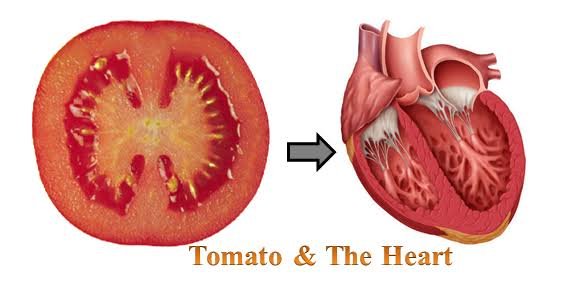
When you slice open this succulent vegetable horizontally, you’d see four comely chambers, and it’s no coincidence. If you remember high school biology, you’d recall that the human heart also has four chambers! Tomatoes are of great benefit to our hearts. They provide us with a substance called lycopene. Lycopene is an antioxidant known to help the heart prevent heart diseases. With the increasing number of cancer cases, Tomatoes have been shown to protect the cells of cardiac muscles from cancer-causing radicals. It is mildly effective in treating other heart-related problems like high blood pressure.
Celery
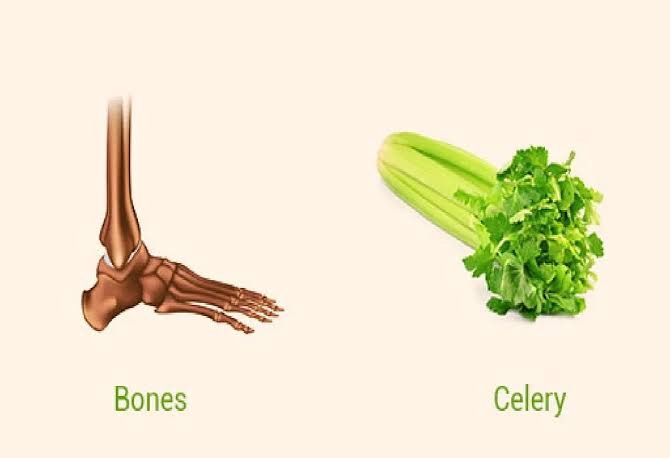
When you take a glance at a bunch of celery, you’d see finger-like stalks, but more than that, they look like the strongest tissues in our body. Yes, you guessed right, our bones! It is just amazing to know that the human bone and celery contain just about the same amount of Sodium, an estimated 23%. Interestingly, celery contains two important mineral elements necessary for forming healthy and strong bones. They are calcium and manganese. The shape of celery perfectly leads us to what organ it affects best.
Kidney beans
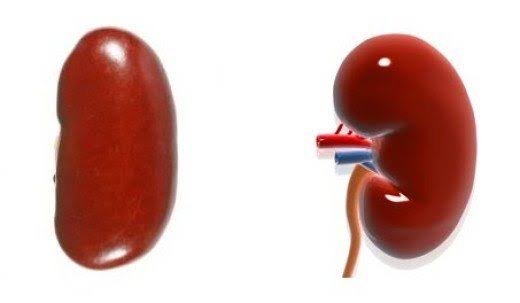
Like its name, its shape also depicts a striking similarity with the human kidney. It has great health benefits to the organ it looks like. Kidney beans are rich in helpful minerals and vitamins that aid the prevention of kidney stones. They’re useful in keeping the kidney in good health and aids optimal kidney functions.
Walnut
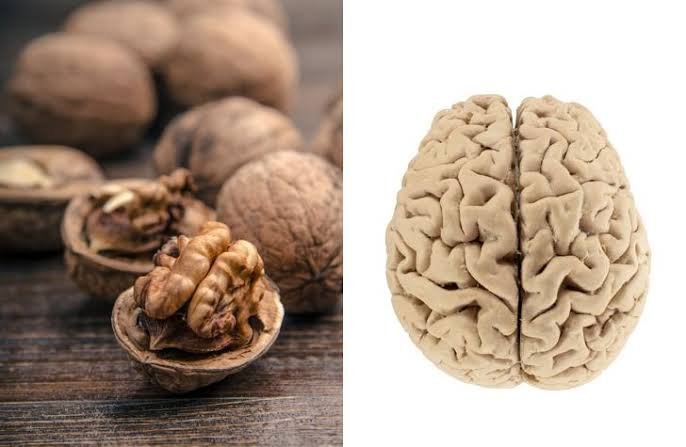
We do not need any sight-enhancing equipment to tell the similarity between a walnut seed and the brain. The undulating surface is exactly like the brain. It is identified as one of the most beneficial nuts for the brain. Walnut is rich in an Omega-3 fatty acid known as DHA. DHA helps improve the cognitive functions in the brain of both the young and the old.
Clams
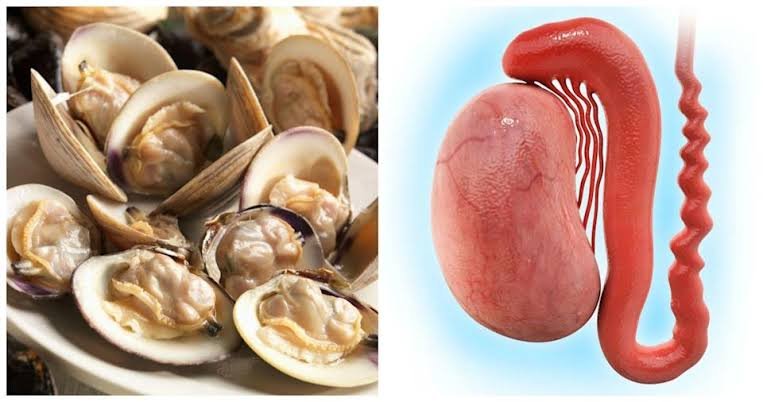
Cutting open the closed shell of clams, a testicle-like inner core awaits your viewing pleasure. Interestingly, clams are high in zinc and folic acid content, which aid semen production. Scientists reported that supplementing diets with clams boosts the quality of semen produced by men.
Grapefruit
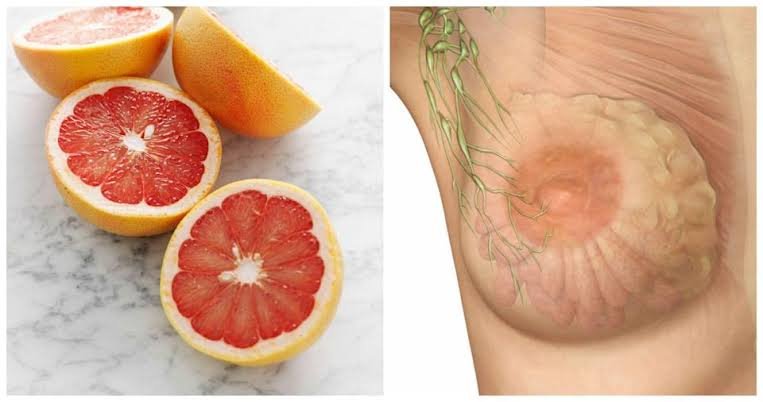
Just like every other citrus fruit when cut open horizontally, the appearance of grapefruit’s inner core looks like the structure of the human breast. This is not just coincidental; grapefruits contain limonoids that prevent the development of cancer cells in the breast.
Almond
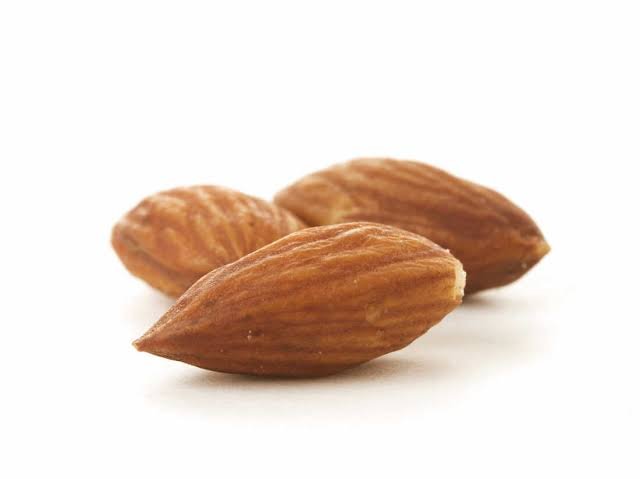
It has a similar shape to the human eye. It contains Vitamin E, an essential nutrient for healthy skin, hair, and eyes. Almonds contain selenium which is an antioxidant and thus helps reduce the process of aging. It also helps in reducing dark circles and sunken eyes
Oysters

Oysters have often been called aphrodisiacs. A study presented to the American Chemical Society revealed that oysters contain two amino acids that raise sex hormones; testosterone and estrogen. Estrogen improves the libido of women
Banana

It contains a protein called tryptophan. Once the banana has been digested, the tryptophan gets converted into a chemical neurotransmitter called serotonin. It is one of the most important mood-regulating chemicals in the brain, and most anti-depressant drugs work by adjusting levels of serotonin production.
Broccoli
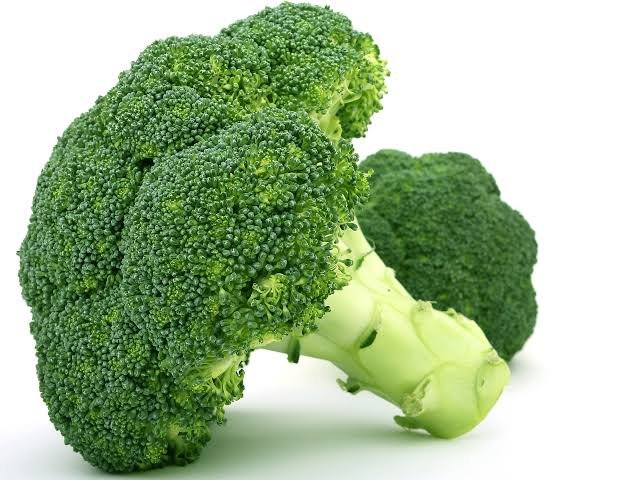
The tiny green tips on a broccoli head look like hundreds of cancer cells. when viewed under the microscope. Recent studies found that a weekly serving of broccoli was enough to reduce the risk of prostate cancer by 45 percent.
Does modern science hold opposing views?
As time passes, technology and knowledge advance. Usually, old beliefs and sciences will be opposed by the new and sometimes ditched. The science of food shapes and their use in treating organs they resemble is one of that old knowledge modern science seems to oppose. In some rights, it sounds illogical to use a plant for medication simply because it looks like an organ, but the fact backed by science itself shows that some of these plants are effective in treating organs they look like.
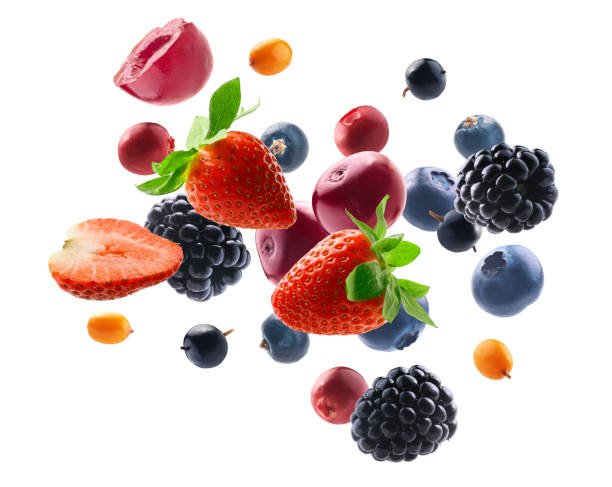
Modern science holds that when the human mind seeks to understand something, it may study patterns without adequate medical research, resulting in anthropomorphism. In addition to that, there is no grounded scientific evidence that we can rely upon to directly attribute the shapes and colors of plants to the treatment of organs or diseases.8
However, the use of food shapes is not a blind approach to the use of plants in the treatment of diseases. Just as in the past, before the adoption of any plant as a medicine, tests and experiments are done to validate its effectiveness for a particular treatment and the safety of its use.
Are they still valuable for modern treatment?
Of course, verified by medical research and proven by recorded recovery, the treatment of organs using food or natural plants shaped like them is still effective. Although in certain circumstances, the fares are to be used alongside other treatment approaches to facilitate recovery.
Final Thoughts
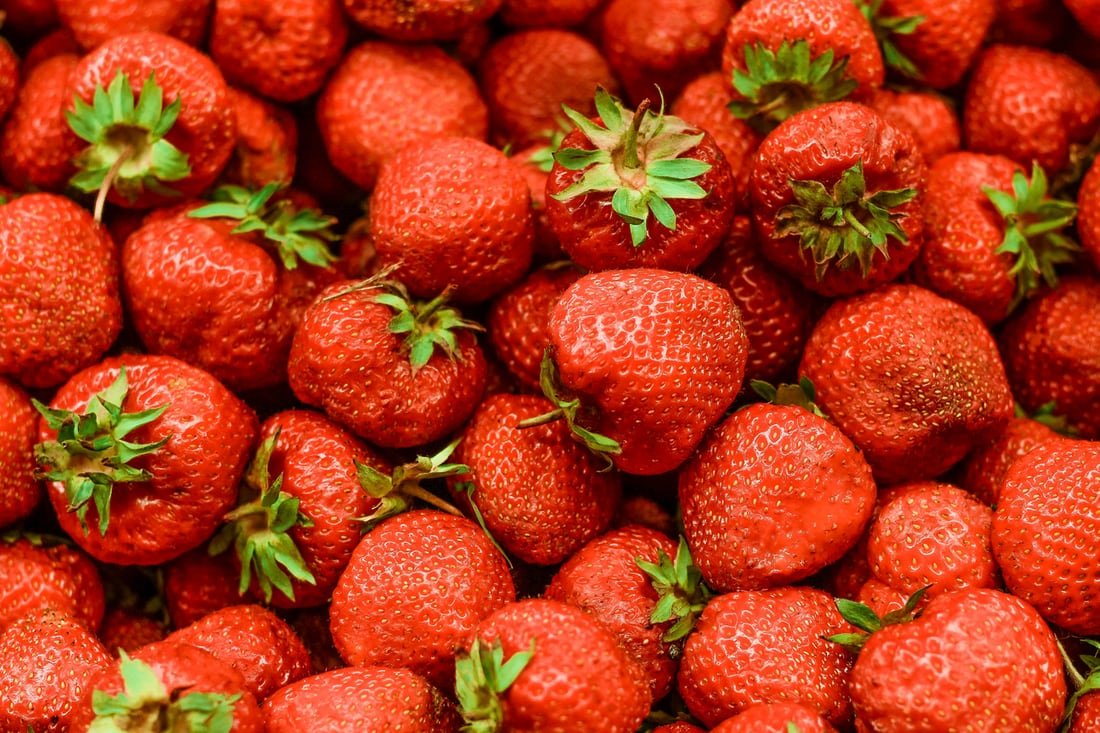
As an ardent enthusiast of holistic health and medicine, turning to food in treating illnesses is a more enriching approach to health. As you would discover in my book Lead A Horse To Water, food doesn’t only have health-improving habits; in combination with other holistic health, practices can reduce aging. On page 13 of the same book, you’d find a number of those foods that directly improve your organs; some of them will surprise you!
At Holistic Live Younger, we believe that you can enjoy a life of complete wholeness; emotionally, bodily, mentally, and spiritually by taking an approach to life that supports holistic health!
Bibliography
- Sakr, N. (2021). “Lead A Horse To Water.” pp.8
- Samsulrizal N., Awang Z., MohdNajib M.L.H., Idzham M., Zarin A. (2011). “Effects of Ficus deltoidea leaves extracts on sperm quality, LDH-C 4 activity, and testosterone level in alloxan-induced male diabetic rats. Proceedings of the IEEE Colloquium on Humanities, Science and Engineering (CHASER ’11): December 2011; Penang, Malaysia. pp. 888-891.
- Megha Mukhija. “Figs – A sweet way to boost fertility.” Firstcry parenting. URL: https://www.google.com/amp/parenting .firstcry.com/articles/figs-a-sweet-way-to-boost-fertility/%3famp
- “Doctrine of Signatures” Science Museum. Archived from the original, January 3, 2014. Retrieved February 8, 2014.
- Pearce, J.M.S. (2008). “The Doctrine of Signatures.” (PDF). European Neurology. karger.com. 60(1): 51 – 52. doi:10.1159/00131714
- Ernest E., Pittler M. H. (2000). “Efficacy of ginger for nausea and vomiting: a systematic review of randomized clinical trials. Br J Anaesth. 2000 Mar;84(3):367-71. doi: 10.1093/oxfordjournals.bja.a013442.
- Irvine, Alexander (1860). “The Phytologist: A Botanical Journal, Volume 4” William Pamplin. pp.308.
- Buchanan, Scott (2014). “The Doctrine of Signatures, A Defence of Theory in Medicine.” United Kingdom: Taylor & Francis. p. 142. ISBN: 978-0415614153


